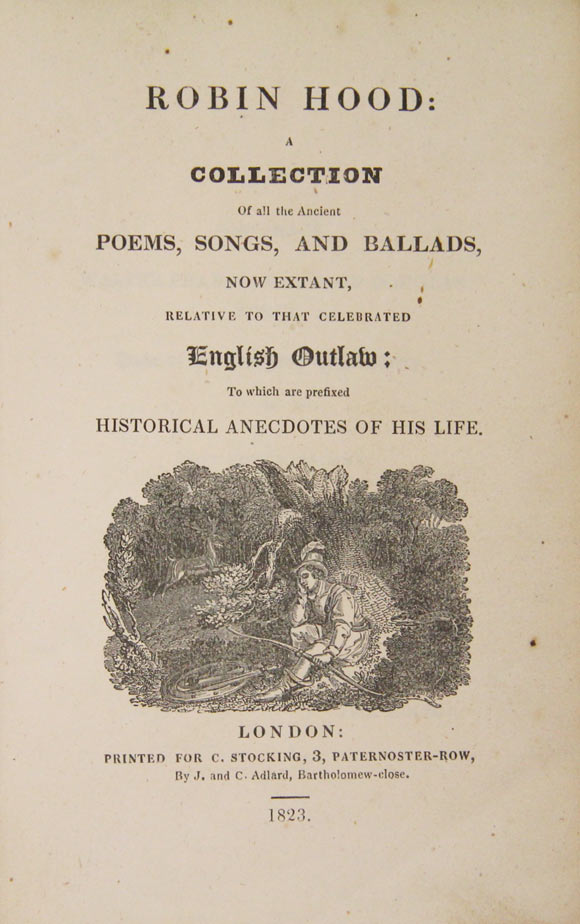Doctor
Who,
Season 9, episode 5, “The Girl Who Died,” written by Jamie Mathieson and Steven
Moffat and directed by Ed Bazalgette and episode 6, “The Woman Who Lived,”
written by Catherine Tregenna and
directed by Ed Bazalgette, originally aired October 17 and 24, 2015.
Reviewed by Usha Vishnuvajjala (uvishnuv@indiana.edu)
“The Girl Who Died”
and “The Woman Who Lived” form a two-episode story arc which centers on a
Viking girl named Ashildr, played by Maisie Williams of Game of Thrones fame. This second foray into the Middle Ages in
fourteen months is notable; since its reboot in 2005, Doctor Who has given the Middle Ages a wide berth. During the first
seven seasons, showrunners set episodes in Pompeii, in Shakespeare’s London,
and in a twenty-second-century acid-pumping factory located in a revamped
fourteenth-century castle, but not a single episode in any part of the Middle
Ages. That changed last year, with the episode “Robot of Sherwood,” set in in
“1190-ish,” and this season, various medievalisms were sprinkled throughout the
first four episodes, leading to “The Girl Who Died,” the fifth of the season.
In “The Girl Who Died,” visions of Odin appear in the sky,
telling villagers what to do. The Doctor and his travelling companion Clara see
them too, and soon discover that they are created by an alien spaceship from
the future which is harvesting fighters from the village. This is a recurring treatment
of history and legend for Doctor Who;
historical people really do see Odin, Robin Hood, the eruption at Pompeii,
witches in Shakespeare’s London, Agatha Christie’s disappearance, and so on,
but the Doctor uncovers the driving forces behind such apparitions and events,
which always turn out to be extraterrestrial. In the case of “The Girl Who
Died,” this has the effect of allowing two versions of history to exist
simultaneously: the experience of the people inhabiting the Viking village is
consistent with a version of mythology, while the Doctor’s cynical view of such
beliefs is also supported by the apparatus behind such experience.
The Doctor and Clara find themselves on the outskirts of a
Viking village—time and place unspecified, but revealed in the following
episode to be the 9th century—when the Doctor lands the TARDIS to
wipe the remnants of a space-spider off his boot in the grass. As often
happens, the TARDIS has taken them to a place where their intervention is
needed to prevent an alien massacre of humans. On being ambushed by a group of
Viking soldiers with swords, the Doctor is irritated, shouting, “No, no, not
Vikings. I’m not in the mood for Vikings!” suggesting that he has had plenty of
interactions with the Middle Ages off-screen (also suggested earlier this
season when he believed himself to be dying and went to the twelfth century for
a final weeks-long party). When he and Clara are brought, in chains, to the Vikings’
village, the Doctor tries to escape by claiming to be Odin in human form, only
to be interrupted by Odin’s face appearing in the sky. Clara and Ashildr, the
daughter of one of the soldiers, are among those beamed up to “Valhalla,” which
is actually a spaceship in which Vikings are vaporized by a laser so their
energy can be harnessed and drunk by the extraterrestrial “Odin.”
When the Doctor’s creative low-tech method for helping the
Vikings defeat the alien spaceship goes slightly awry and leads to Ashildr’s
death, the Doctor uses a small device to bring her back to life, which has the
side effect of making her immortal. After giving her a second device for the
companion of her choice, the Doctor and Clara leave the village. When the
Doctor encounters her again in “The Woman Who Lived,” it is 1651 and she is a
highway robber known as “The Knightmare” who calls herself “Me,” and doesn’t
recognize the name Ashildr when the Doctor uses it.
This second episode, despite its postmedieval setting, contains
more interesting commentary on the medieval period. “The Girl Who Died” is much
more a vehicle for furthering or revisiting various parts of Doctor Who history and mythology (with
plenty of inside jokes for longtime fans), while “The Woman Who Lived” is as
much about Ashildr’s long life through the Middle Ages as it is about who she
has become by 1651. This is poignantly foreshadowed by the final shot of “The
Girl Who Died,” in which Ashildr is depicted standing on a cliff as a camera
circles her slowly and shows the passage of time in the movement of stars,
constellations, and the mountains behind her. The camera begins its circle on
her contented face, and ends on her troubled one.
By the time we encounter her in the following episode, Ashildr
has lived so long that she sometimes reads her own diaries for entertainment,
because she has “had 800 years of adventure” and cannot remember most of what
has happened to her. This provides the opportunity for the Doctor and,
therefore, the viewer, to learn about her life in the Middle Ages, including
founding a leper colony, becoming a medieval queen and faking her own death to
hide her immortality, recovering from the Black Death but losing her children
to it and swearing never to have any more, and curing an entire village of
scarlet fever and narrowly escaping being drowned as a witch by “ungrateful
peasants” as a result. In a flashback reminiscent of Virgina Woolf’s Orlando, Ashildr is shown fighting in the
battle of Agincourt, which she describes as “my first stint as a man,” with
“The Knightmare” being the most recent.
Usha
Vishnuvajjala
Indiana University



